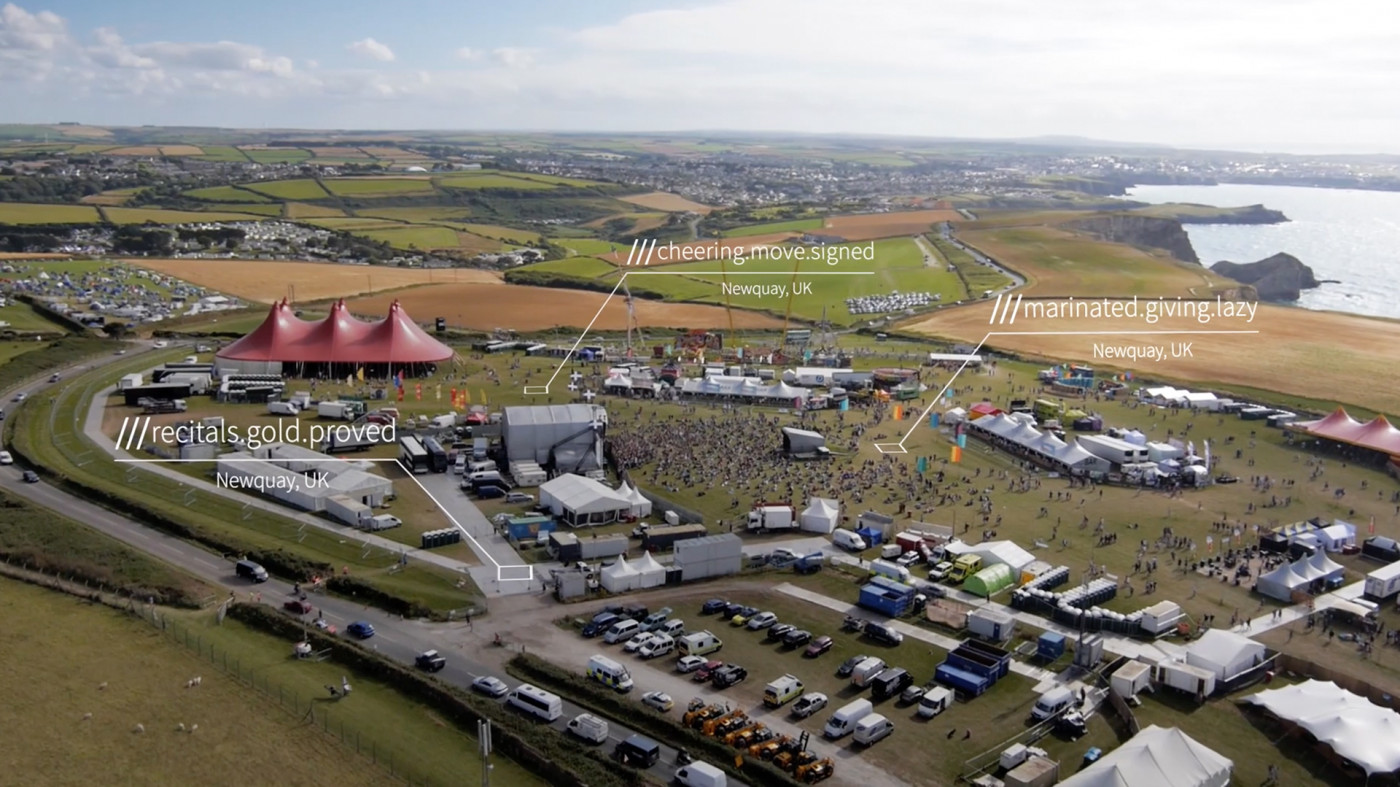Where am I? In three words
what3words takes the entire globe and breaks it down into 3-metre squares. Each square is assigned three words, so it’s possible to pinpoint a precise location on the planet using those three words. At least, that’s the theory.
Currently used by over 80% of emergency services, you may have seen the news that mountain rescuers have raised concerns over the reliability of the app. That’s after Mountain Rescue England and Wales (MREW) released data showing that in a single 12 month period, human errors resulted in 45 incorrect locations. Spelling errors, variations in regional accent, and misheard words are all reported reasons for the emergency services being misdirected.
Due to the randomly allocated three words, rather than leading rescuers to a nearby location, as a postcode error would do, rescue teams in England and Wales were incorrectly given locations in different countries such as India and Russia.
So what is the future of this kind of mapping technology?
Digital replaces paper map reading
Putting the negative press aside, this is a new level of smart mapping technology. If it wasn’t, the emergency services wouldn’t have picked it up in the first place. The errors were human. And we’re all fallible.
Research also points to an overdependence amongst young people on using digital maps to navigate. A recent study by Ordnance Survey revealed that millions of millennials have never read a paper map, and rely on mobile technology to find their way around unfamiliar locations.
So if digital maps are the go-to navigations for young people, the what3words system holds the future value of wayfinding. There are so many applications for this kind of technology.
With an upsurge in parcel delivery services in recent times, the demand for pinpoint precision of an item’s location has never been greater. Some logistics companies even photograph parcels in their final location as proof of delivery. And technology like what3words offers a further layer of precision, unthinkable a decade ago.
Think of cultural events like music festivals. Thousands of people in a field somewhere rural with no obvious points of reference for their locations. But with a mobile app, suddenly people can pinpoint their own tent, or arrange to meet friends with three simple words.
And finally, the use that’s been getting all the press recently. What happens if you’re injured or lost in a remote location like a mountain? Whilst people using the system are fallible, the system itself is not. Because without the need for street signs, landmarks, or postcodes, what3words makes determining the precise geographical location of something somewhere, anywhere, possible.
